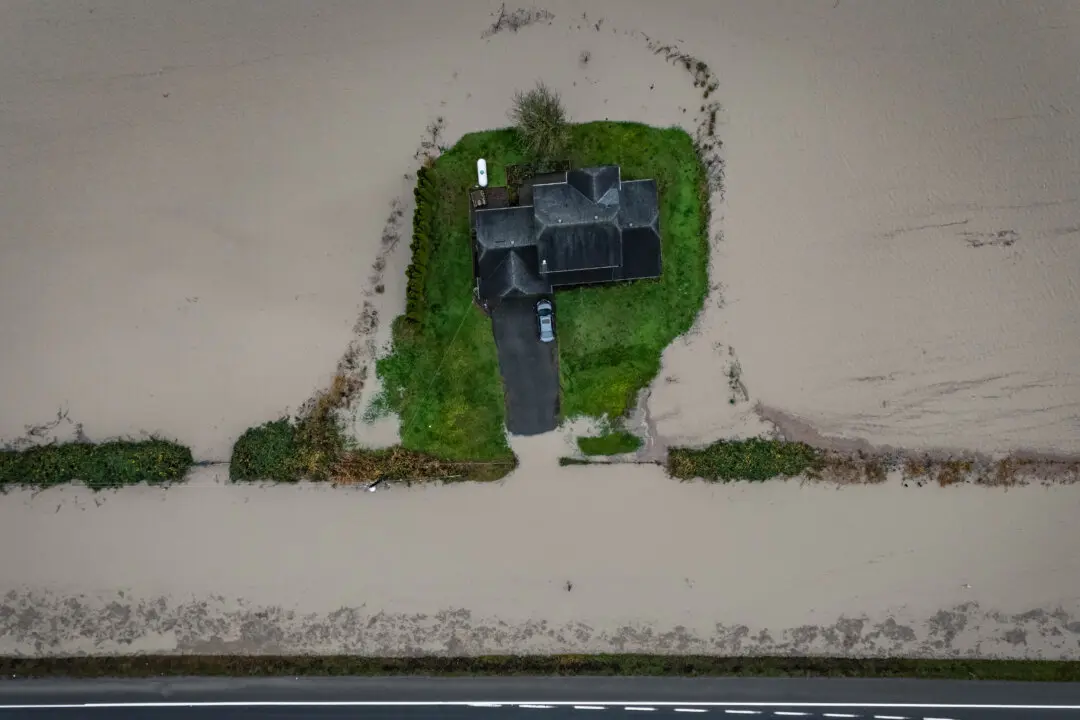OTTAWA—The most recent survey of federal employees shows Veterans Affairs Canada is an increasingly unhappy place with plunging morale and a frazzled workforce.
The evaluation, published by Statistics Canada for the federal Treasury Board, asks dozens of questions on topics ranging from satisfaction with equipment to workplace harassment.
It shows that the number of staff who say the quality of their work has suffered—either because of fewer resources or a lack of departmental stability—has more than doubled since 2008.
That level of dissatisfaction is between 1.5 and two times the rate of the overall federal civil service.
And the surveys, conducted every three years since 2008, show a steady decline in employee satisfaction that appears to mirror Conservative job cuts at Veterans Affairs that began in 2011.
There’s a clear connection between the two, said Liberal veterans critic Frank Valeriote—especially since the surveys also broadly track the size of the department through the survey response rate.
“It’s just another indication of how deep this government has cut and the effect it has had,” Valeriote said.





